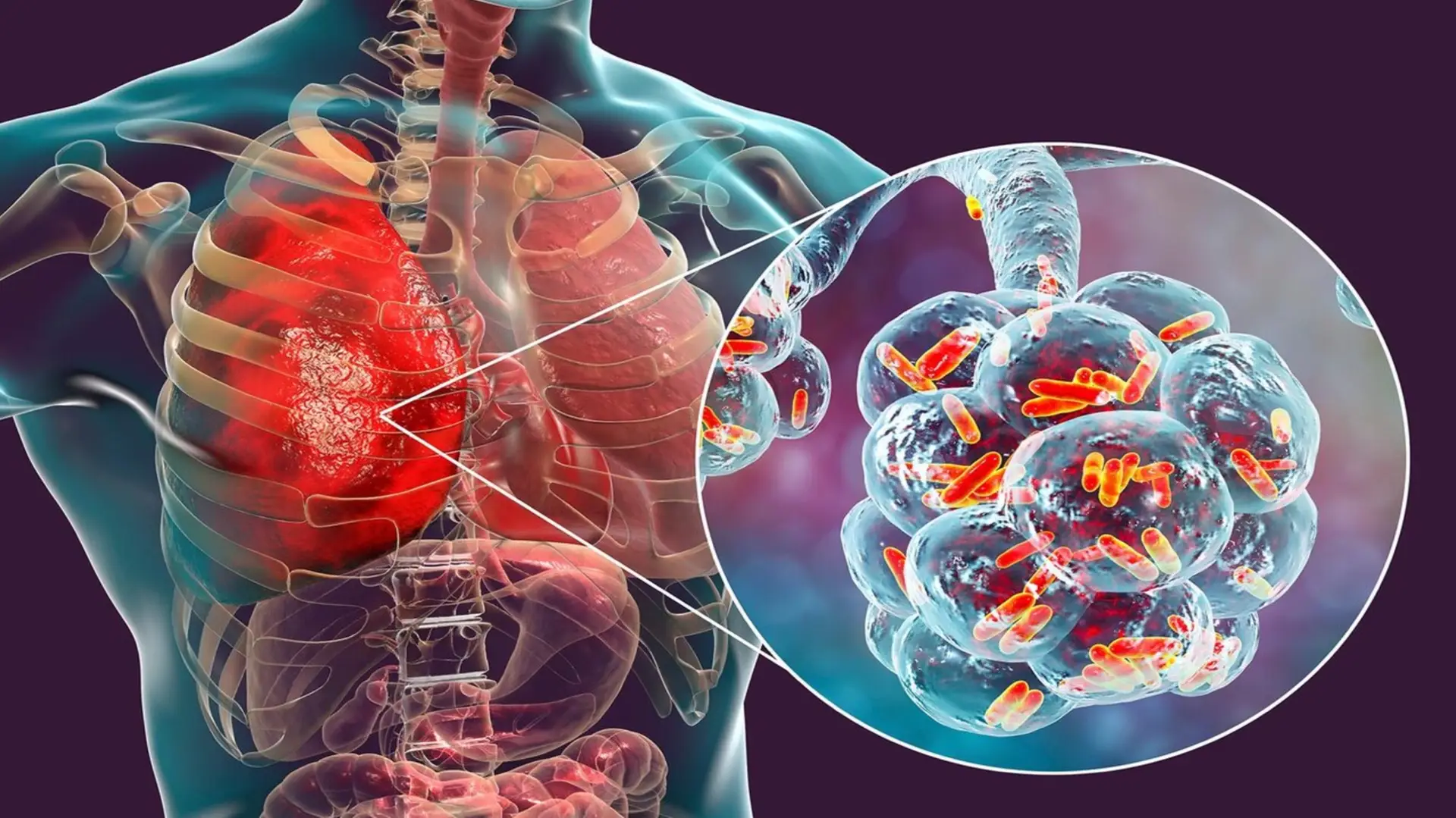
Learn everything you need to know about Legionnaires’ disease, including its causes, symptoms, prevention strategies, and treatment options.
What Is Legionnaires’ Disease?
Legionnaires’ disease is a severe type of pneumonia caused by a bacterium known as Legionella pneumophila. This disease affects the lungs and can lead to serious complications or even death if not treated promptly. Legionnaires’ disease was first identified in 1976 after an outbreak at an American Legion convention in Philadelphia, which is how it got its name.
While it’s not as common as other respiratory illnesses, Legionnaires’ disease is still a public health concern, especially in places with poorly maintained water systems. The Centers for Disease Control and Prevention (CDC) reports thousands of cases in the U.S. every year, and the number is rising.
How Do You Get Legionnaires’ Disease?
People become infected with Legionella bacteria primarily by inhaling small water droplets (aerosols) that contain the bacteria. These aerosols can come from:
Cooling towers (used in air conditioning systems) Hot tubs and spas Decorative fountains Showers and faucets Large plumbing systems Water tanks and heaters
Legionnaires’ disease is not spread from person to person. The most common sources of outbreaks are buildings with large water systems like hotels, hospitals, and cruise ships.
Who Is at Risk?
Although anyone can get Legionnaires’ disease, some people are more vulnerable:
Adults over age 50 Smokers and former smokers People with chronic lung disease (e.g., COPD) Those with weakened immune systems (due to cancer, organ transplants, or medications) Individuals with diabetes or kidney failure
In these high-risk groups, the illness can become more severe, sometimes leading to hospitalization or death.
Symptoms of Legionnaires’ Disease
Symptoms usually begin 2 to 10 days after exposure to the bacteria. Common signs include:
High fever (often over 104°F or 40°C) Chills and shaking Cough (which may produce mucus or blood) Shortness of breath Muscle aches Headache Chest pain Confusion or mental changes Gastrointestinal symptoms like nausea, vomiting, or diarrhea
Because it resembles other types of pneumonia, diagnosing Legionnaires’ disease requires specific laboratory tests, often involving urine samples or respiratory secretions.
How Is It Diagnosed?
Doctors typically order:
Urine antigen test: The most common and fastest way to detect Legionella. Sputum culture: A sample from the lungs can be tested for the bacteria. Chest X-ray: To confirm pneumonia and see the extent of lung infection. Blood tests: To check white blood cell count and kidney/liver function.
Early diagnosis is critical for effective treatment and better outcomes.
Treatment for Legionnaires’ Disease
Legionnaires’ disease is treated with antibiotics, often macrolides (like azithromycin) or fluoroquinolones (like levofloxacin). Most people start to feel better within a few days of treatment, but full recovery can take weeks.
In severe cases, hospitalization may be required, with patients needing oxygen or even intensive care support. Without treatment, the disease can be fatal in about 1 out of 10 cases.
Can It Be Prevented?
Yes, but prevention focuses on water system management. Important steps include:
Maintaining clean and disinfected water systems Regularly checking for and controlling Legionella in cooling towers and hot tubs Keeping hot water at appropriate temperatures (above 120°F or 49°C) Preventing water stagnation in large buildings Using water treatment programs in hospitals and nursing homes
Public health guidelines such as the CDC’s “Legionella Control Toolkit” help building managers develop water safety plans.
Final Thoughts
Legionnaires’ disease is a serious but preventable illness. By understanding how it spreads and recognizing its symptoms early, individuals and public health officials can take steps to reduce the risk of infection. If you suspect you’ve been exposed to contaminated water and start experiencing flu-like symptoms, it’s crucial to seek medical attention immediately.
Staying informed and practicing good water safety can protect you and your loved ones from this potentially deadly disease.






